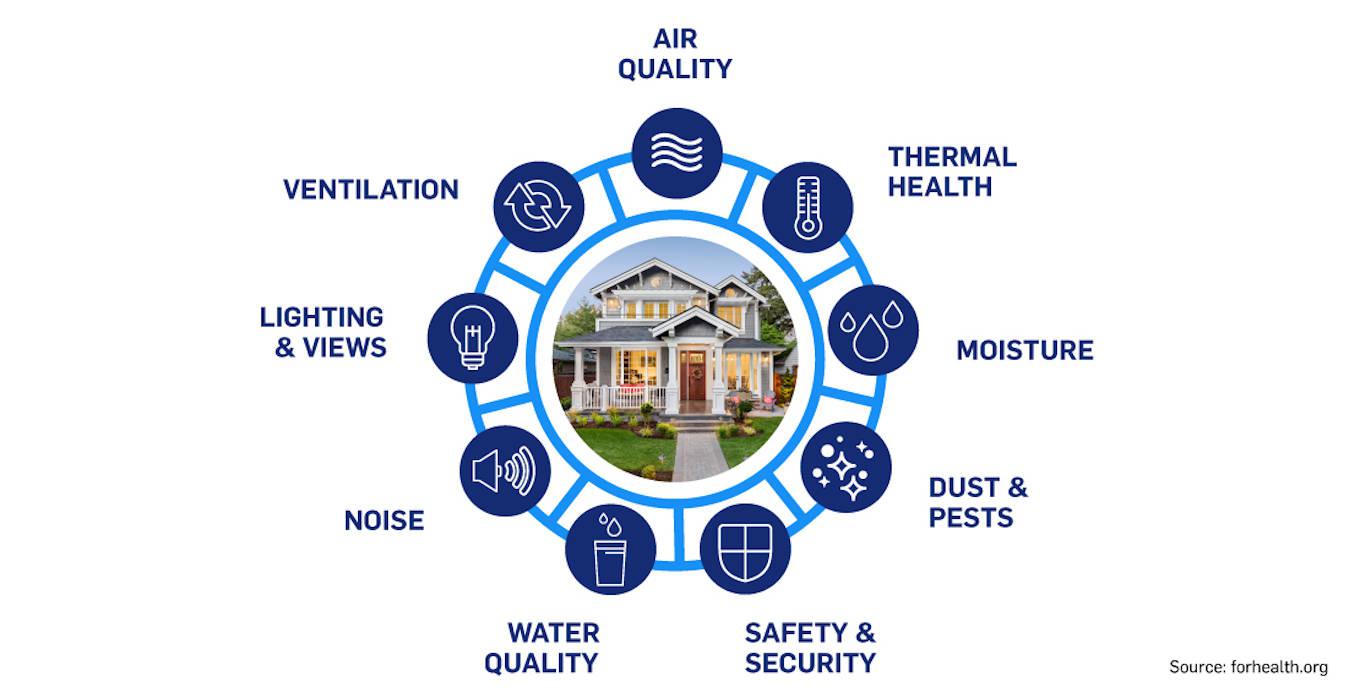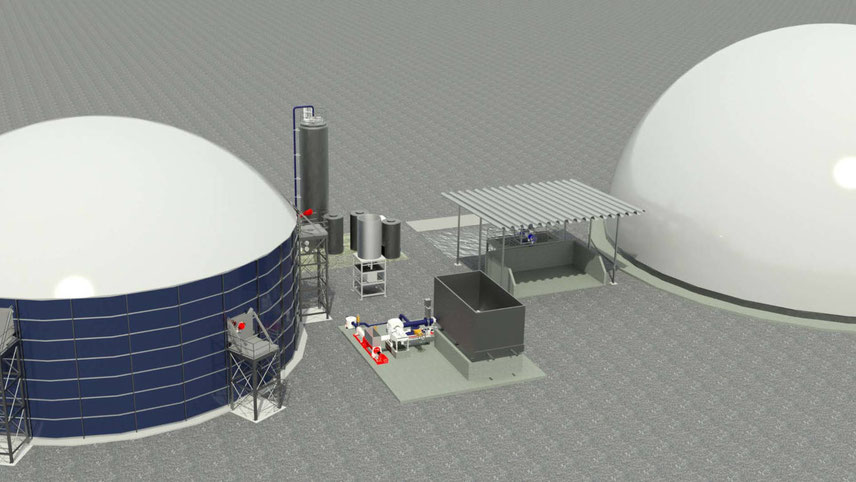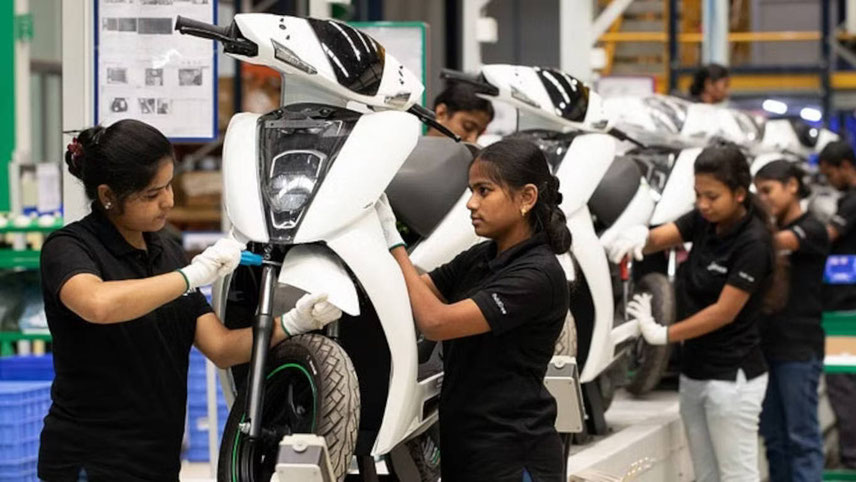
If you told me in March 2020 that our homes would be our offices for more than a year, I would have surely laughed it off, perhaps nervously. But here we are in July 2021. While it’s true that the past 15 months have seen ebbs and flows of this raging pandemic, vaccinations are picking up in India. I believe that we will bounce back from this stronger and more resilient. The world economies are opening up in phases, crowds are returning to restaurants and shopping centres, and workplaces are welcoming employees with renewed vigour. This leads to a pertinent point. Are buildings ready to combat the pandemic? The air we breathe indoors can no longer just be heated and cooled for comfort, it needs to be healthier, safer, more efficient. According to the COGfx Study, as humans we spend 90 per cent of our time indoors, and 90 per cent of the costs associated with a building come from the people inside the building. For this reason, it is logical for a business to invest in improving indoor air quality to ensure health, productivity and well-being. Indoor air quality You may be wondering about the emphasis on healthier indoor air and the spread of viruses. It is worth noting that air delivery systems can reduce the transmission of viruses through inline filtration, something heating, ventilation, and air-conditioning (HVAC) professionals are capable of assessing for those that need more information or are hesitant to use air conditioning for fear of spreading Covid-19. Healthy buildings Creating a healthy building through HVAC and engineering controls in spaces is a key component of combating Covid-19. It’s a strategy that balances overall effectiveness with the financial impact it can have on a business. To ensure the proper indoor air quality, a good HVAC system should include the following: Ventilation: From simple tweaks in setting adjustments, adding new or retrofit equipment, or bringing in fresh, outside air to replace indoor air can help reduce airborne pathogens and other contaminants. Enhanced filtration: Filters with MERV above 13 have a significant ability to capture particulate matter (and smaller particles. High efficiency particulate air or HEPA filters are even more efficient and capture bacteria and viruses. The right MERV rating on the right filter could strongly impact the indoor air quality. Humidity Control: Depending on the building design and location, it might be necessary to add or remove humidity to meet established guidelines. Keeping indoor relative humidity within the range of 40-60 per cent, as suggested by American Society for Microbiology (ASM), can minimise the effects of bacteria and allergens. Changes in ventilation, filtration and humidity should be assessed and adjusted for new and existing buildings to transform the indoor air quality. There are various solutions available, such as modulations in Air Handling Units (AHUs) and plug-in products such as air purifiers, negative air pressure machines. Digital solutions can also play an integral role in creating healthier spaces. For example, Carrier’s Abound platform that will be rolled out globally aggregates data from different systems and sensors to provide real-time and historical indoor air quality information. The system can alert users if air quality levels move outside of a healthy range. The Abound platform can also provide a real-time summary comparing a building’s indoor air quality performance to certification standards such as the WELL Building Standard.


































